Bringing different species of pets together under one roof creates a unique dynamic that can be both rewarding and challenging. When it comes to tortoises specifically, their slow-moving nature, specialized care requirements, and distinctive behaviors raise important questions about compatibility with other animals. Many pet owners dream of a harmonious multi-pet household but worry about potential conflicts, health risks, or stress that might affect their beloved companions. This comprehensive guide explores the possibilities, precautions, and practical advice for safely integrating tortoises with other common household pets. From understanding species-specific behaviors to creating appropriate living arrangements, we’ll examine how to foster peaceful coexistence while ensuring the well-being of all your animal companions.
Understanding Tortoise Temperament and Behavior
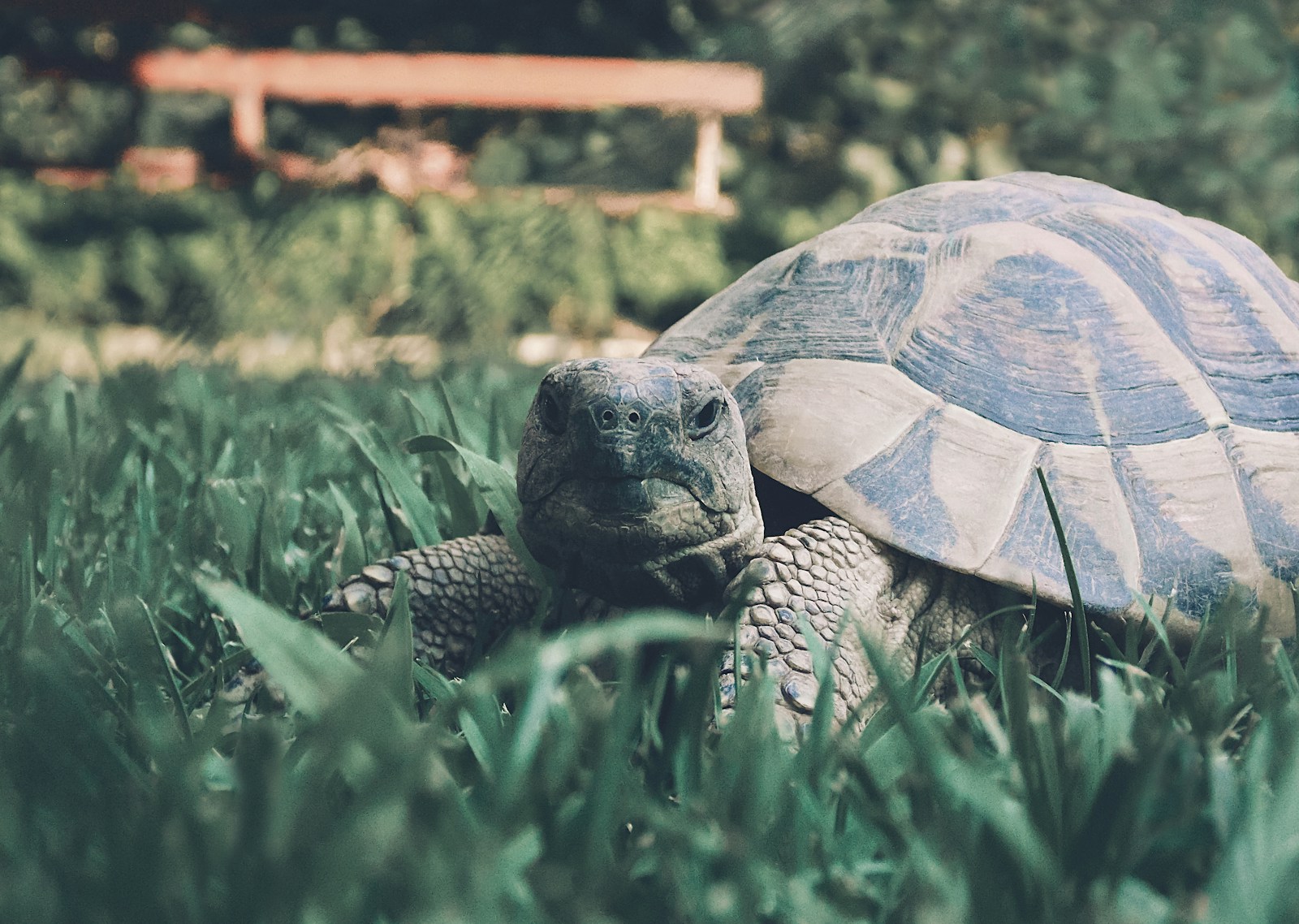
Tortoises are generally docile, non-aggressive creatures that prefer a peaceful existence with minimal disturbances. Their natural defense mechanism involves retreating into their shells when feeling threatened, rather than displaying aggressive behaviors like biting or charging. Most tortoise species maintain a solitary lifestyle in the wild, meaning they haven’t evolved the social skills or desire for companionship that many mammals have developed. Their slow-moving nature and methodical approach to life make them particularly vulnerable around more energetic or predatory animals. Understanding these fundamental aspects of tortoise behavior is essential before introducing them to environments with other pets, as their stress responses are often subtle and can lead to long-term health problems if consistently triggered.
Tortoises and Dogs: A Challenging Combination
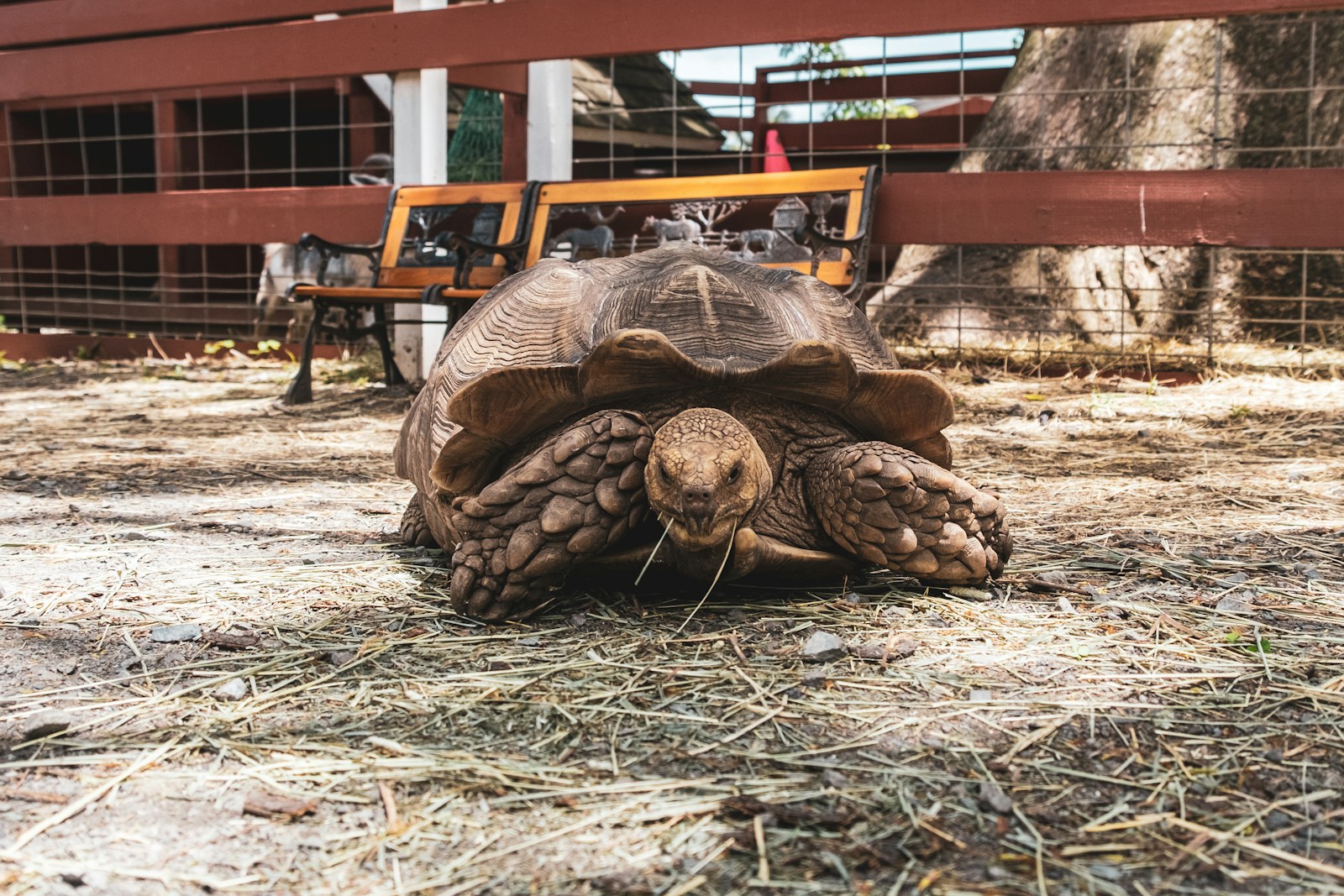
The relationship between tortoises and dogs presents one of the more difficult multi-pet scenarios to manage safely. Dogs possess natural prey drives and hunting instincts that may be triggered by a tortoise’s movement, regardless of how well-trained the canine might be. Even gentle play behavior from a dog can prove dangerous or fatal to a tortoise, whose shell provides inadequate protection against determined canine jaws. Size disparities further complicate this relationship, with even small dog breeds typically having the strength to injure a tortoise. Successful cohabitation typically requires complete separation or extremely supervised interactions, with dedicated tortoise-only spaces that dogs cannot access. For households determined to have both pets, installing secure barriers and establishing strict routines for separate outdoor time becomes essential to preventing dangerous encounters.
Tortoises and Cats: Potential Predator-Prey Dynamics

Cats present their own set of challenges when housed alongside tortoises due to their natural hunting instincts and curious nature. Most domestic cats view small moving objects as potential prey, which can place smaller tortoise species or juveniles at particular risk. Even without predatory intent, a cat’s playful batting or pouncing can cause significant stress to a tortoise or result in physical injuries. Interestingly, larger adult tortoises may face fewer issues with cats, as their size often discourages feline interest once the novelty wears off. Successful cat-tortoise households typically maintain separate spaces with supervised interactions, particularly emphasizing secure enclosures that prevent cats from accessing the tortoise habitat. Special attention should be paid to outdoor time, as cats allowed to roam freely might view an unprotected tortoise as an intriguing target.
Tortoises and Rabbits: Space Competitors
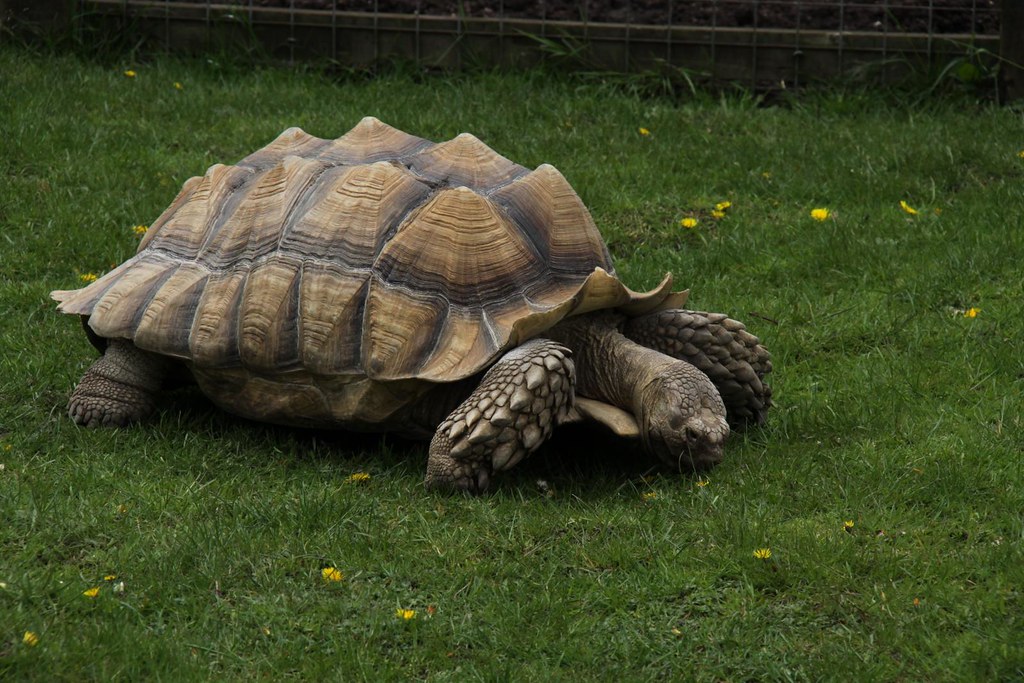
On paper, tortoises and rabbits might seem compatible due to their herbivorous diets and generally non-aggressive natures, but practical considerations make this pairing challenging. Both species require substantial floor space, particularly for exercise and foraging, which can lead to territorial conflicts in shared environments. Rabbits, being significantly more active and agile than tortoises, may unintentionally stress their reptilian housemates through their energetic movements and jumping. Diet management also presents complications, as rabbits and tortoises have distinct nutritional needs despite both being plant-eaters, making shared feeding areas problematic. Additionally, rabbits’ tendency to dig could compromise tortoise enclosures or create escape routes, while their droppings might introduce harmful bacteria if tortoises come into contact with them.
Tortoises and Birds: Surprising Compatibility Issues
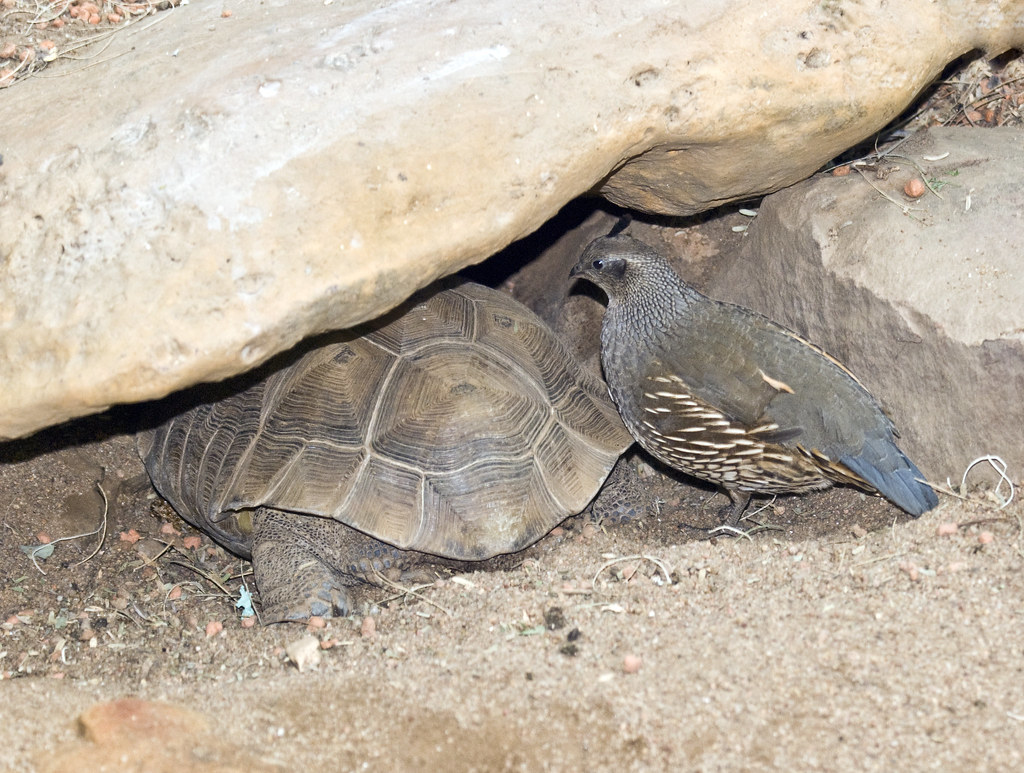
The combination of tortoises and pet birds presents unique challenges that many owners don’t initially anticipate. While physical interaction between these species is typically limited due to their different habitats, airborne concerns become paramount. Birds naturally produce significant amounts of dander, feather dust, and aerosolized droppings that can contaminate the tortoise’s environment and potentially lead to respiratory infections in the reptile. Noise considerations also affect this pairing, as many bird species communicate through loud vocalizations that may cause chronic stress for tortoises, which evolved in environments without such auditory stimulation. Free-flying birds within the home pose additional risks, as they may land on tortoises, startle them, or contaminate their food and water sources. Creating completely separate air spaces with good ventilation becomes essential for households determined to keep both types of pets.
Tortoises and Other Reptiles: Species-Specific Concerns
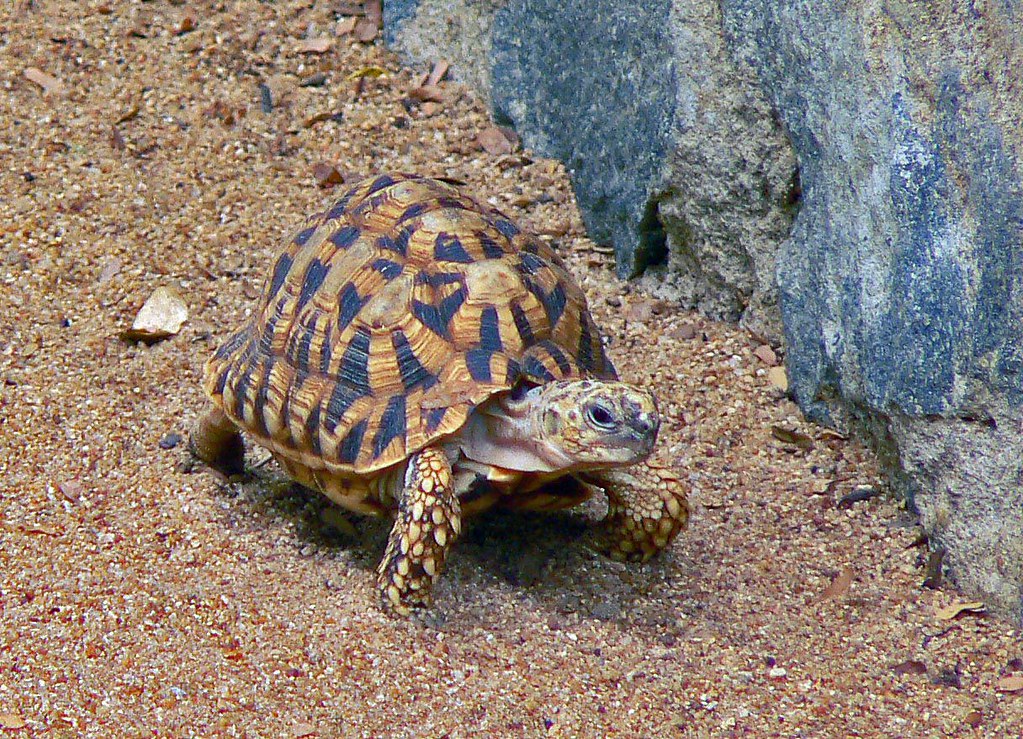
Housing tortoises with other reptiles requires careful consideration of each species’ specific requirements and potential conflicts. Disease transmission ranks among the top concerns, as different reptile species may carry pathogens that are relatively harmless to them but potentially devastating to others. Environmental requirements present another challenge, as temperature, humidity, and lighting needs vary significantly across reptile species, making a shared habitat rarely ideal for all inhabitants. Behavioral incompatibilities further complicate matters, with some lizards displaying territorial aggression that could stress tortoises, while certain snake species might view smaller tortoises as potential prey. For households with multiple reptile species, the most successful approach typically involves maintaining separate, species-appropriate enclosures while ensuring that handling practices include thorough hand-washing between animals to prevent cross-contamination.
Creating Safe Shared Spaces
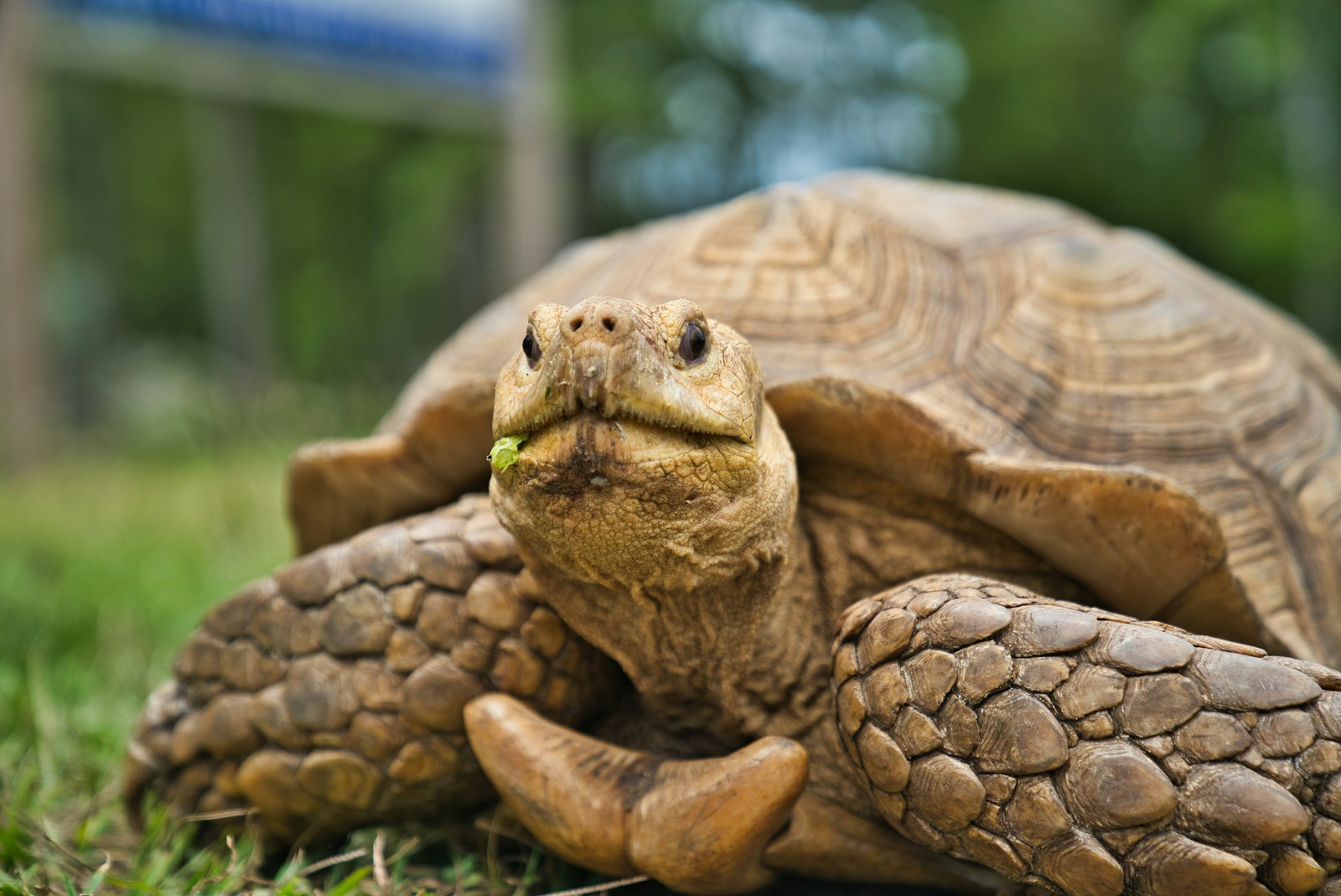
Designing appropriate living arrangements forms the cornerstone of successful multi-pet households that include tortoises. The ideal setup features a dedicated tortoise enclosure that remains completely inaccessible to other pets, particularly predatory ones like cats and dogs. This tortoise sanctuary should include all essential elements—proper substrate, temperature gradients, UVB lighting, and appropriate hiding spots—to ensure the reptile’s needs are fully met. For households with limited space, consider vertical separation using elevated platforms for smaller pets while keeping tortoises at ground level in secure enclosures. Supervised common areas may be established for temporary interactions, but these should always include escape routes or hiding places where the tortoise can retreat if stressed. Implementing physical barriers like pet gates, screened enclosures, or dedicated “tortoise rooms” provides essential protection while allowing each species appropriate space.
Health Risks and Disease Transmission
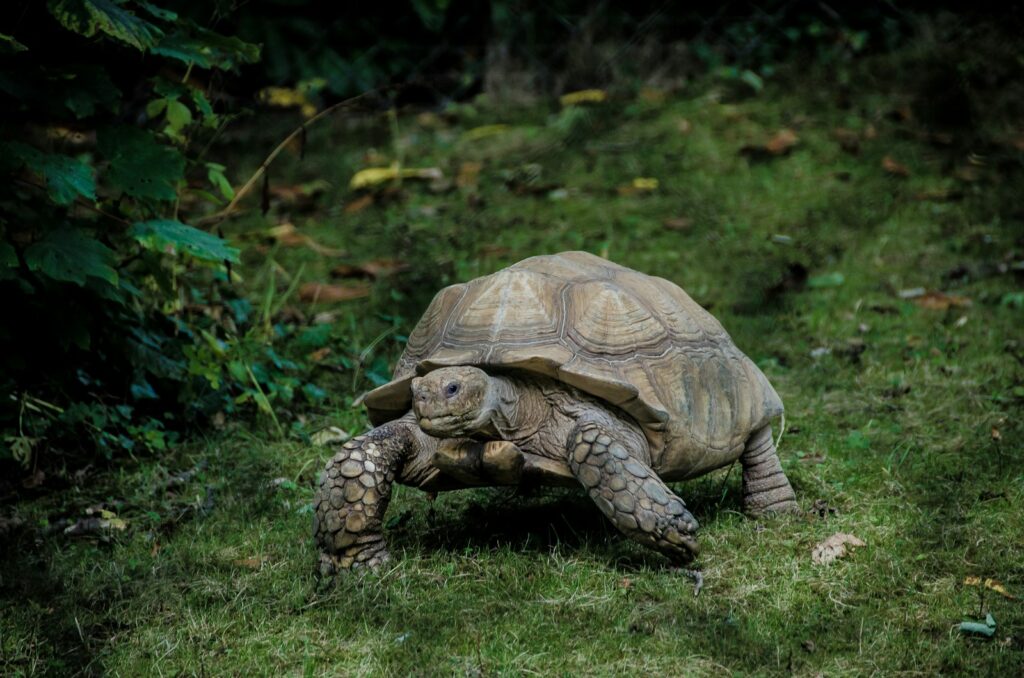
The potential for disease transmission between tortoises and other pets represents a significant concern that extends beyond physical safety issues. Salmonella, commonly carried by reptiles including tortoises, poses minimal risk to the reptiles themselves but can cause serious illness in mammals and birds, requiring strict hygiene protocols in multi-pet households. Conversely, mammals may carry bacteria, viruses, and parasites that tortoises have no natural immunity against, potentially leading to severe respiratory infections or digestive issues in the reptiles. Stress-induced immunosuppression further complicates health management, as tortoises experiencing chronic stress from the presence of other animals become more susceptible to disease. Implementing preventive measures becomes essential, including regular veterinary screening for all pets, maintaining separate feeding areas, and practicing thorough hand-washing between handling different species to minimize cross-contamination risks.
Supervised Introduction Techniques
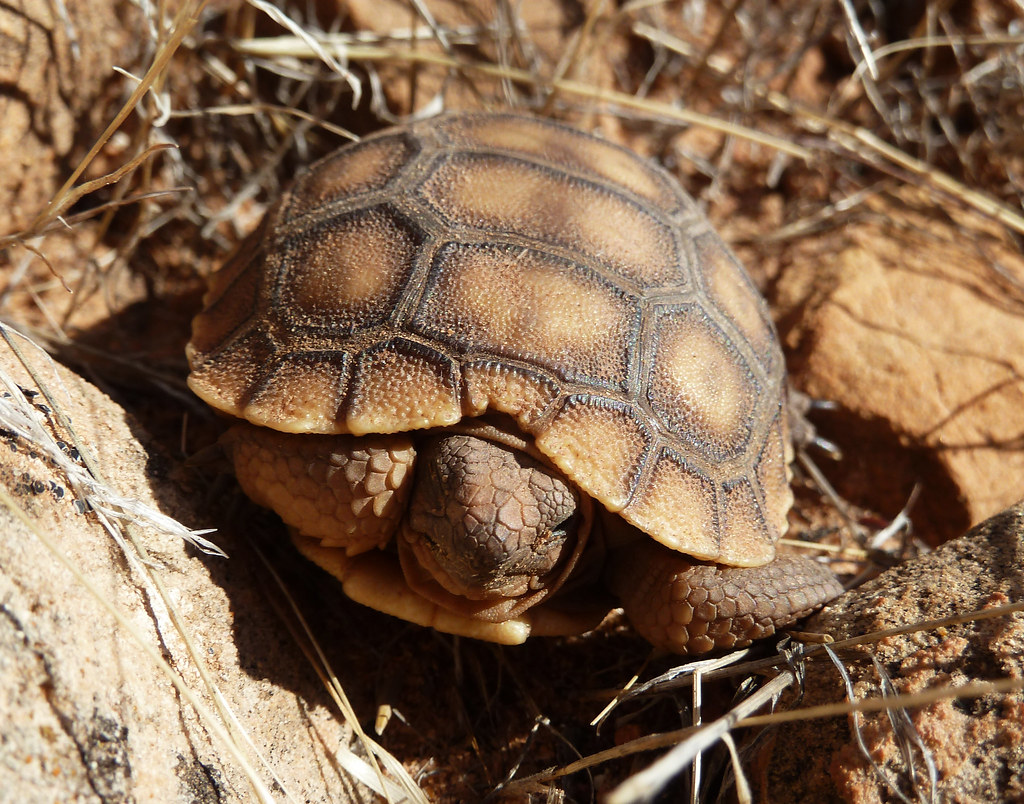
When introducing tortoises to other pets, a methodical approach maximizes safety and minimizes stress for all animals involved. Begin with scent familiarization by exchanging bedding materials or toys between the different pets’ living areas, allowing them to become accustomed to each other’s smells without direct contact. The first visual introductions should occur with complete physical separation, such as having the tortoise in a secure enclosure while allowing the other pet to observe from a distance. If these indirect interactions proceed without signs of stress or aggression, progress to highly controlled, brief face-to-face meetings in neutral territory, always maintaining the ability to quickly separate the animals if needed. Throughout this process, remain attentive to subtle stress signals from the tortoise, including extended periods of hiding, refused food, or unusual bathroom habits, which indicate the need to slow down or reconsider the introduction strategy.
Recognizing Signs of Stress in Tortoises
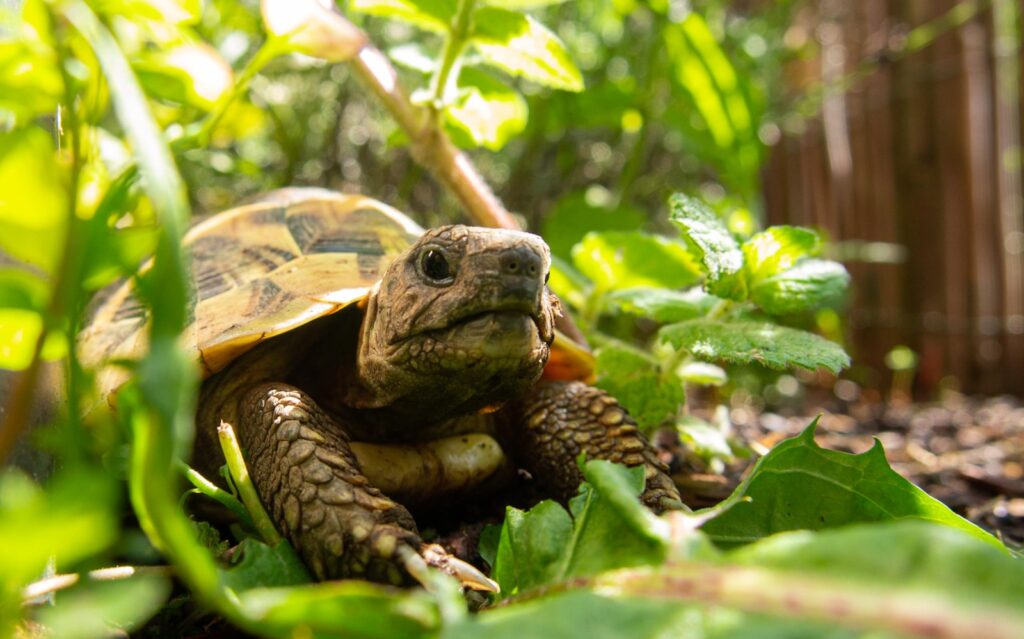
Identifying stress in tortoises requires attentiveness to subtle behavioral changes that many pet owners might initially overlook. One primary indicator involves altered eating patterns, where a previously good eater suddenly shows disinterest in food or significantly reduces intake when other pets are nearby. Activity level changes also signal potential stress, whether manifesting as unusual hyperactivity or, more commonly, extended periods of inactivity and withdrawal into the shell beyond normal resting behaviors. Physical symptoms may include weight loss over time, abnormal fecal consistency, or excessive urination as the tortoise’s body responds to chronic stress. Perhaps most telling are changes in basking behavior, where stressed tortoises either avoid their usual basking spots when other pets are present or fail to thermoregulate properly, potentially leading to more serious health complications if not addressed promptly.
Training Other Pets to Respect Boundaries
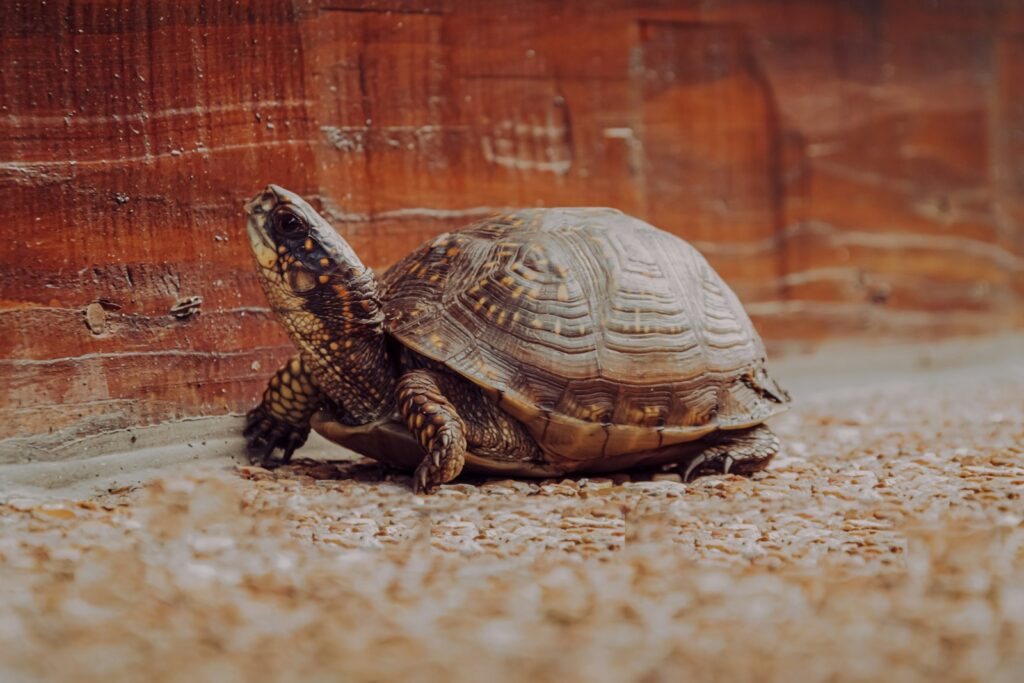
Successfully integrating tortoises with other household pets often depends on teaching the more trainable animals—typically dogs—to respect appropriate boundaries. Begin training with basic “leave it” and “stay” commands in contexts unrelated to the tortoise, establishing reliable responses before introducing the reptile as a distraction. When the foundation is solid, practice these commands with the tortoise present but properly protected, rewarding the dog or other trainable pet for maintaining distance and calm behavior. For particularly prey-driven animals, consider using basket muzzles during supervised interactions as an additional safety measure while continuing positive reinforcement training. Consistency becomes paramount in this process, as allowing even occasional access to the tortoise can undermine training efforts and create confusion about what constitutes acceptable behavior. Remember that even the best-trained pets should never be left unsupervised with tortoises, as instinctual behaviors can override training in moments of excitement or stress.
Legal and Ethical Considerations
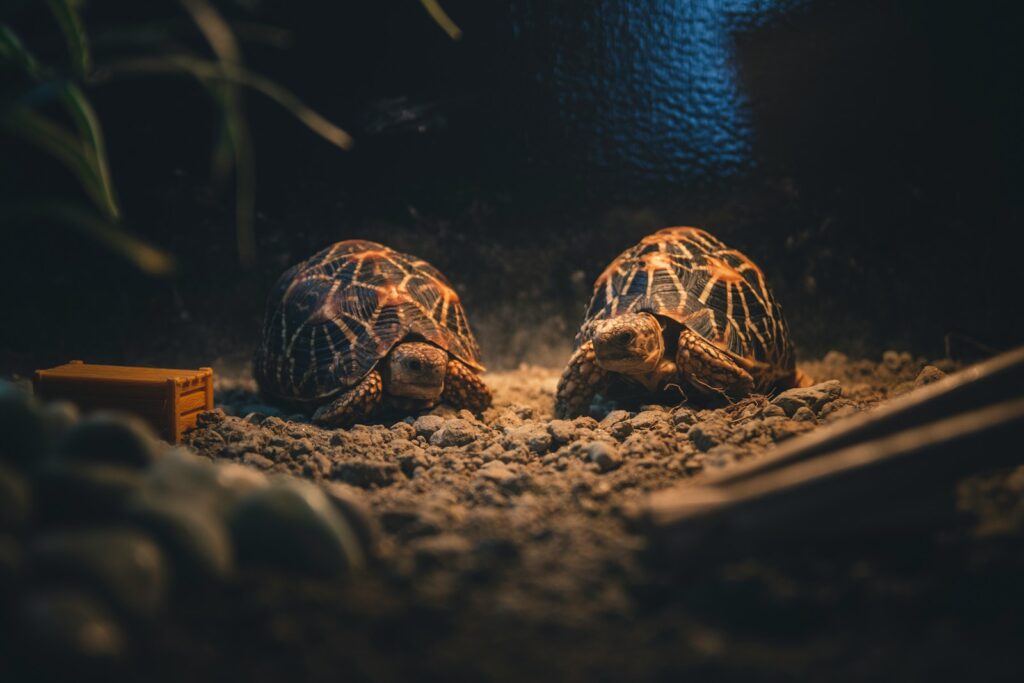
Beyond practical safety concerns, pet owners must navigate legal and ethical dimensions when housing tortoises with other animals. Many tortoise species fall under protection from wildlife regulations or CITES (Convention on International Trade in Endangered Species), which may include stipulations about appropriate care standards and housing conditions. These legal requirements sometimes specifically address cohabitation scenarios, potentially prohibiting certain multi-pet arrangements that might endanger the protected species. From an ethical standpoint, pet owners must honestly assess whether their living situation allows them to meet each species’ needs fully without compromise, recognizing that the convenience of combined housing should never outweigh animal welfare. Consultation with specialized exotic veterinarians becomes essential in making these determinations, as they can provide species-specific guidance based on current scientific understanding rather than anecdotal evidence from online sources.
Success Stories and Management Strategies
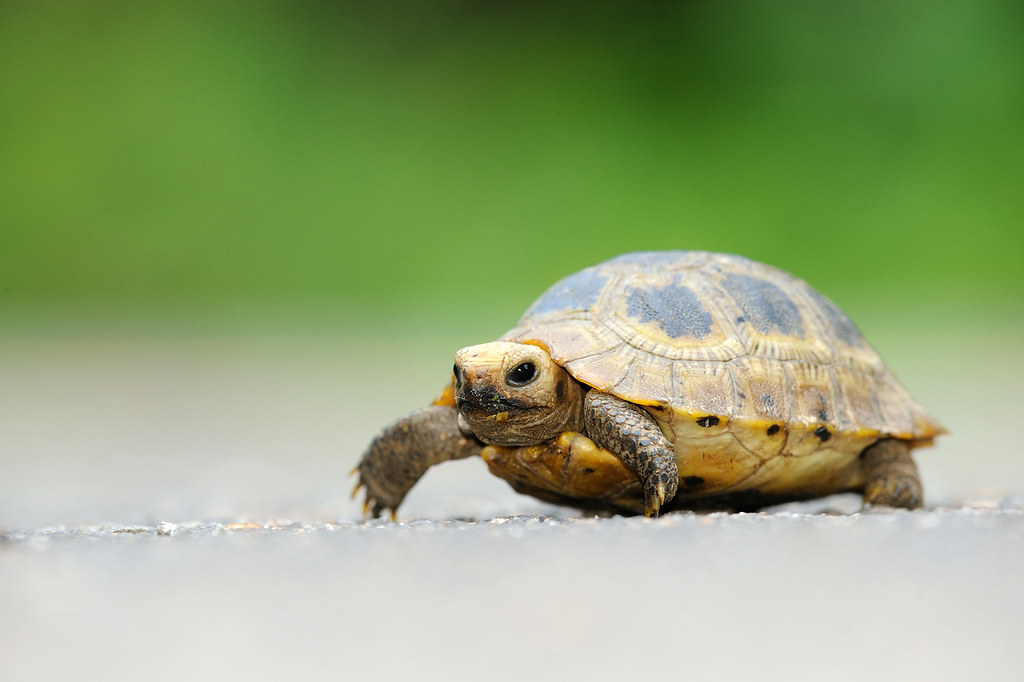
While challenges exist, many households have successfully integrated tortoises with other pets through diligent management and appropriate precautions. One effective approach involves establishing strict schedules where different pets access common areas at separate times, such as allowing tortoises supervised roaming time while dogs are walked or confined to another room. Custom housing modifications represent another successful strategy, with some owners creating elevated tortoise tables that cats and dogs cannot access or installing tortoise-specific doorways that allow the reptiles to retreat to safe zones when desired. Technology offers additional solutions, with pet cameras enabling remote monitoring of interactions and automatic feeders helping maintain separate nutrition plans. Perhaps most importantly, successful multi-pet households prioritize the tortoise’s specific needs rather than attempting to force the reptile to adapt to mammalian pet routines, acknowledging that these ancient creatures require specialized accommodations to thrive alongside their furry counterparts.
Conclusion

Creating a harmonious household with tortoises and other pets requires thoughtful planning, appropriate space allocation, and ongoing vigilance. While complete integration rarely proves feasible, successful pet owners establish systems that allow each species to thrive in their own designated areas with carefully managed interactions. The key lies in respecting the fundamental differences between tortoises and other common pets, particularly regarding their activity levels, defense mechanisms, and stress responses. By prioritizing safety through physical separation, understanding species-specific needs, and maintaining realistic expectations about inter-pet relationships, families can enjoy the diverse joys of multi-species pet ownership while ensuring all their animal companions receive the specialized care they deserve. Remember that each tortoise and pet combination presents unique challenges requiring customized solutions, making flexibility and continued learning essential aspects of responsible ownership.


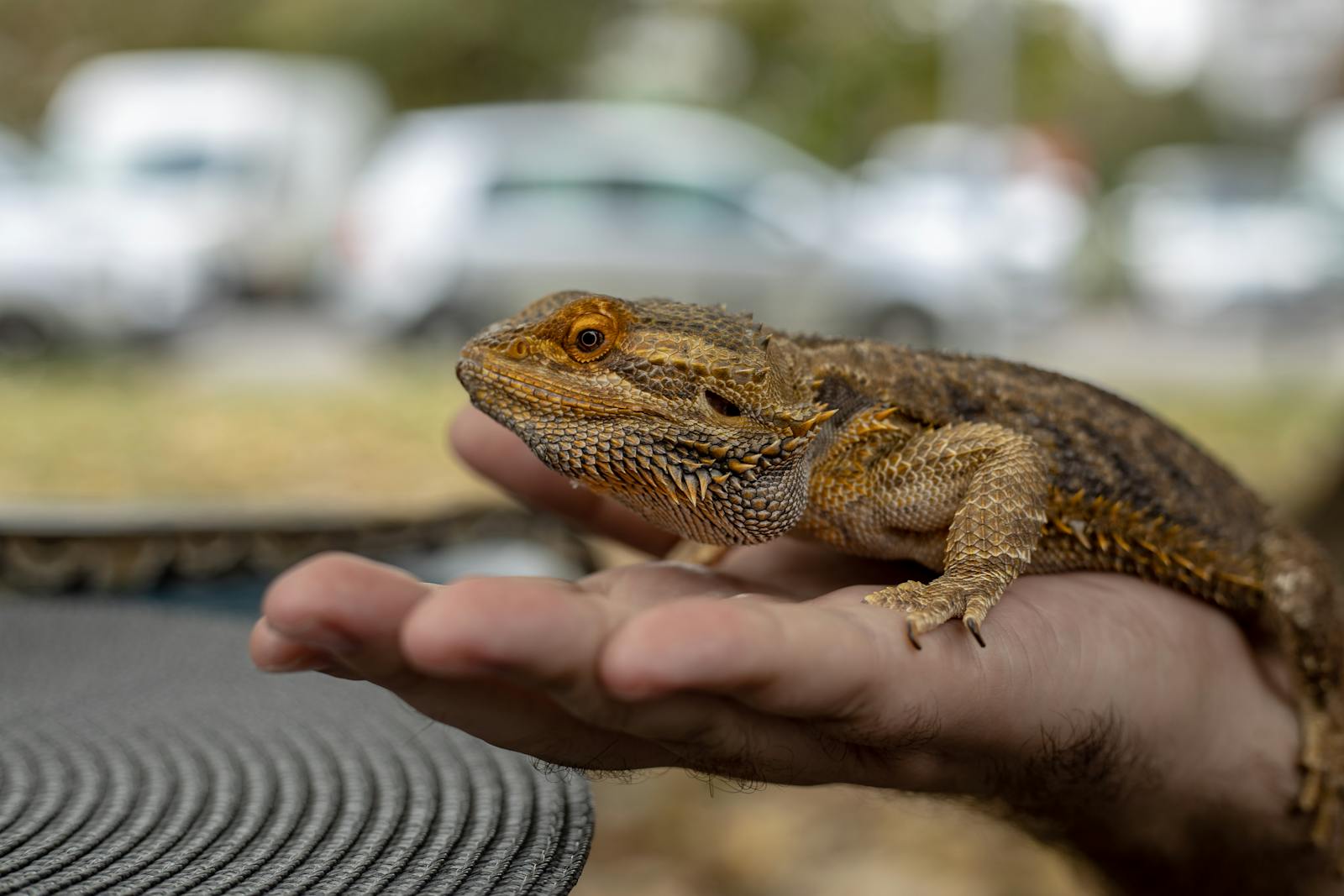
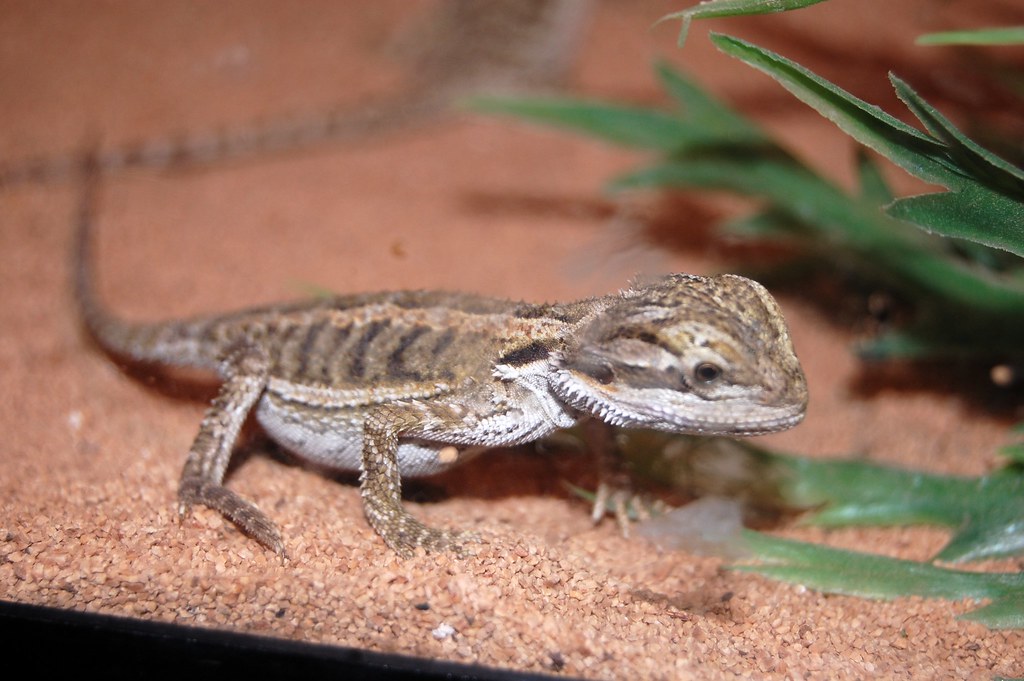
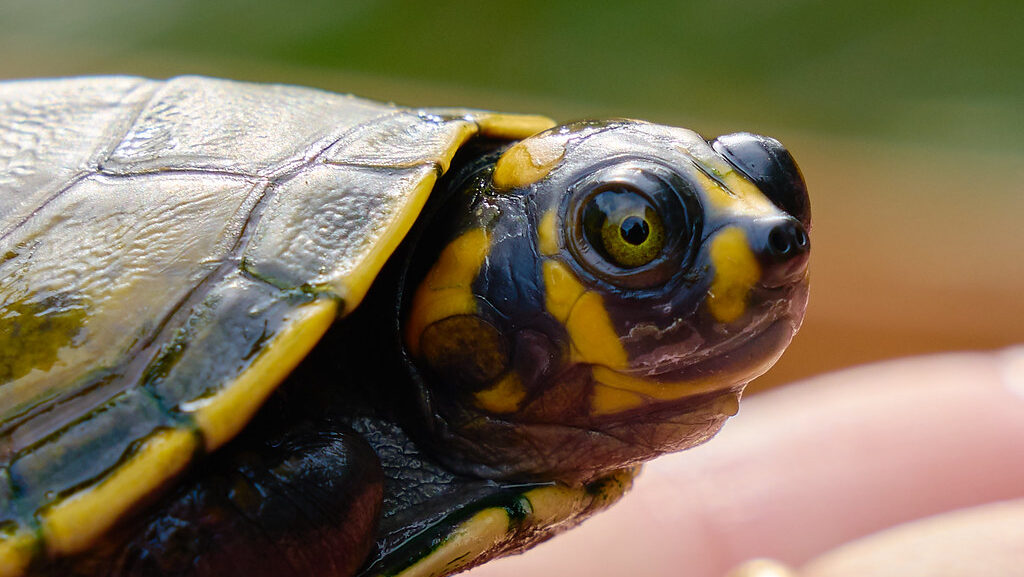
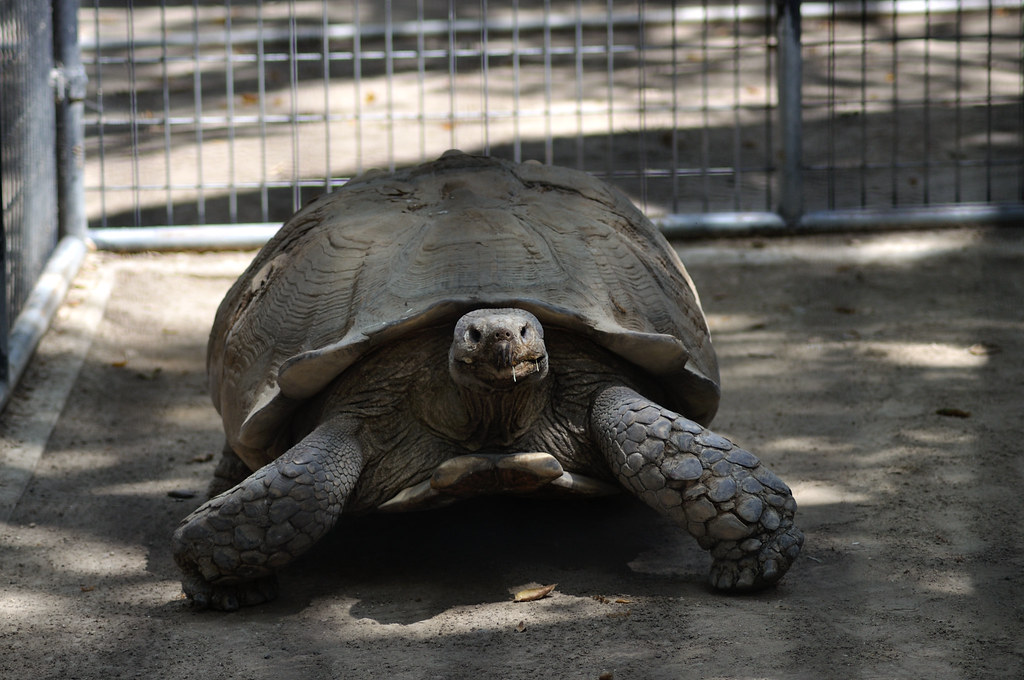
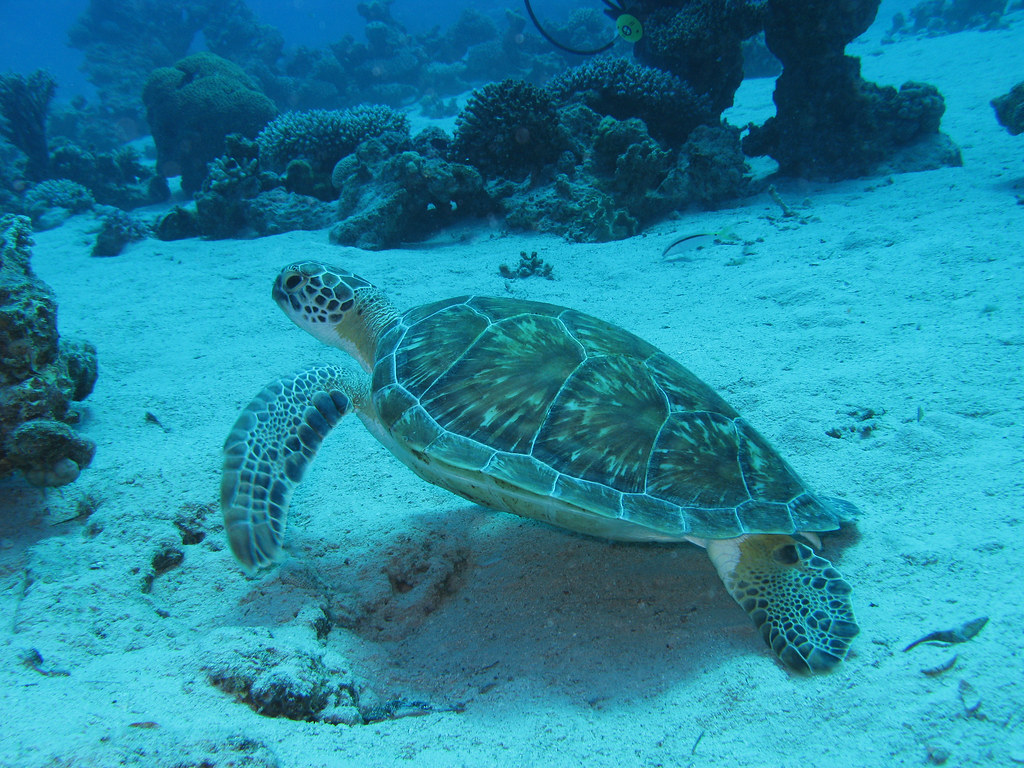
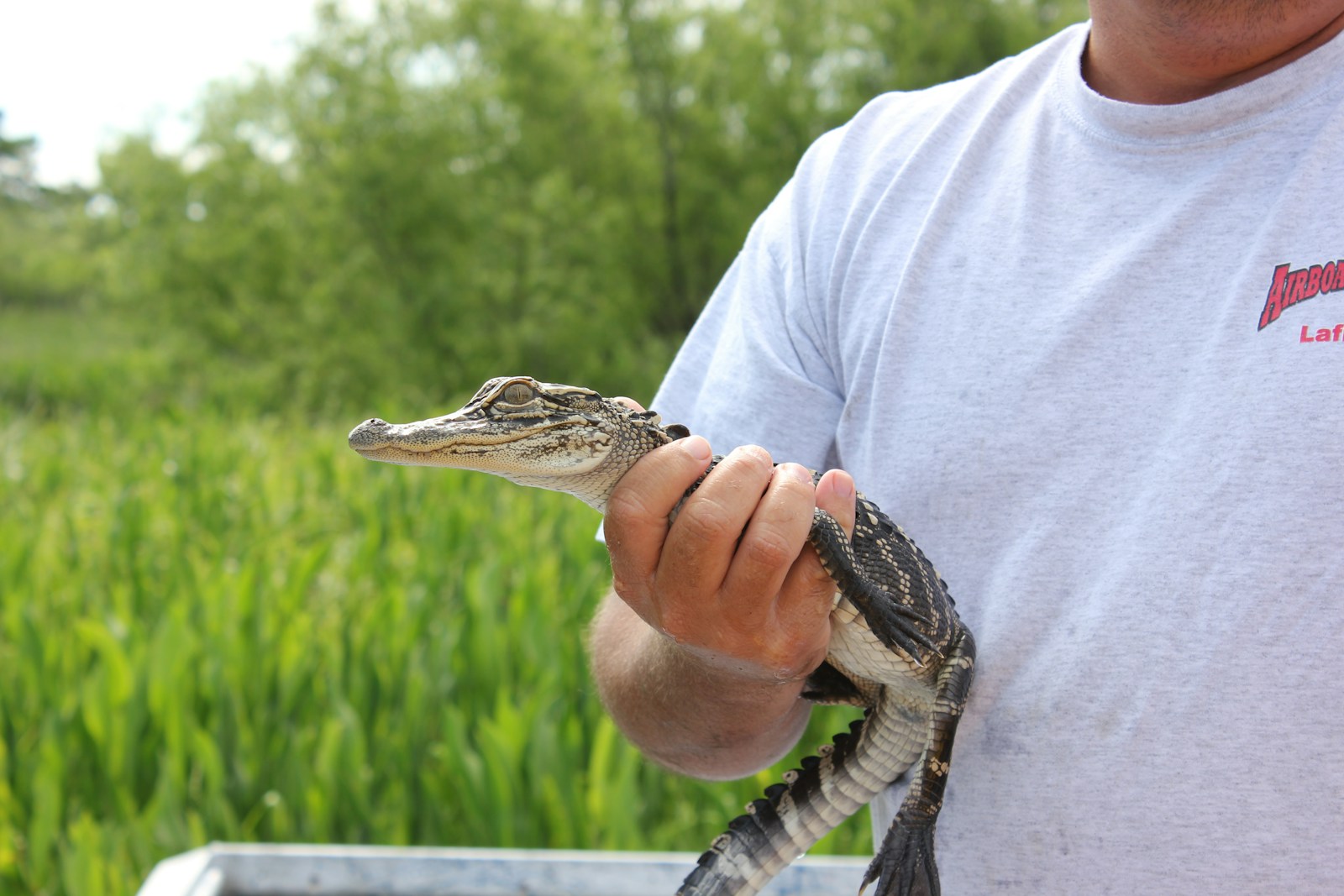

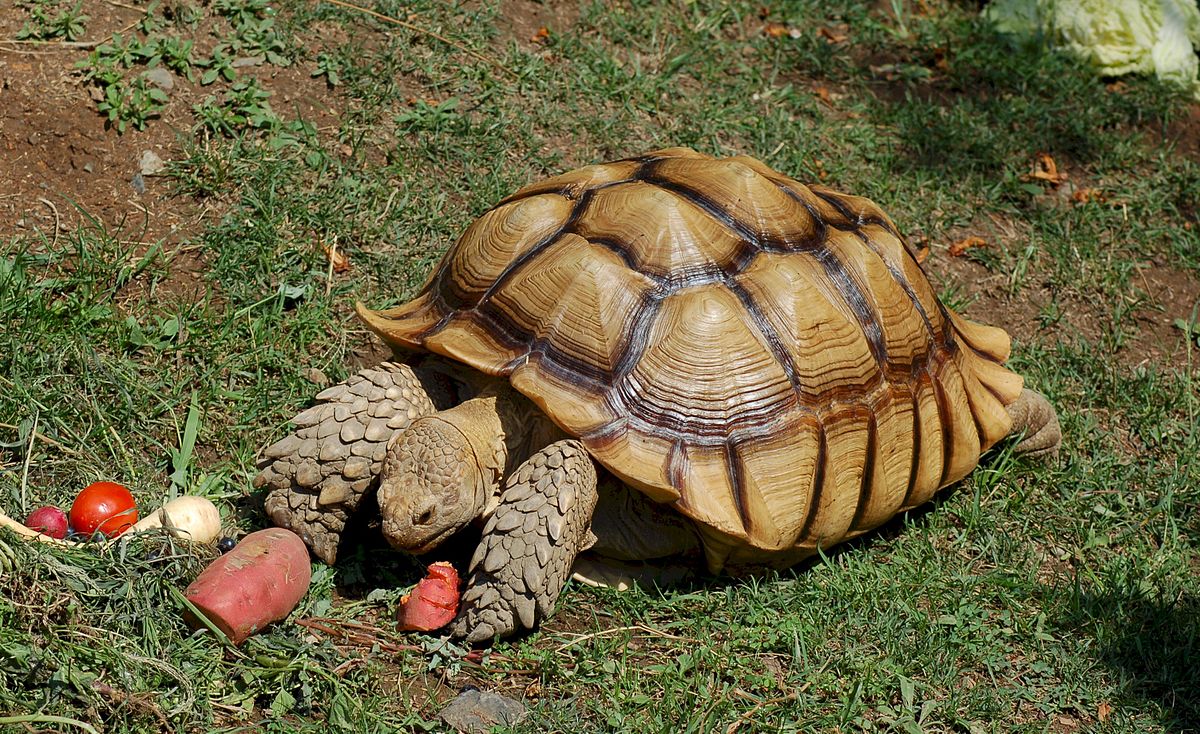
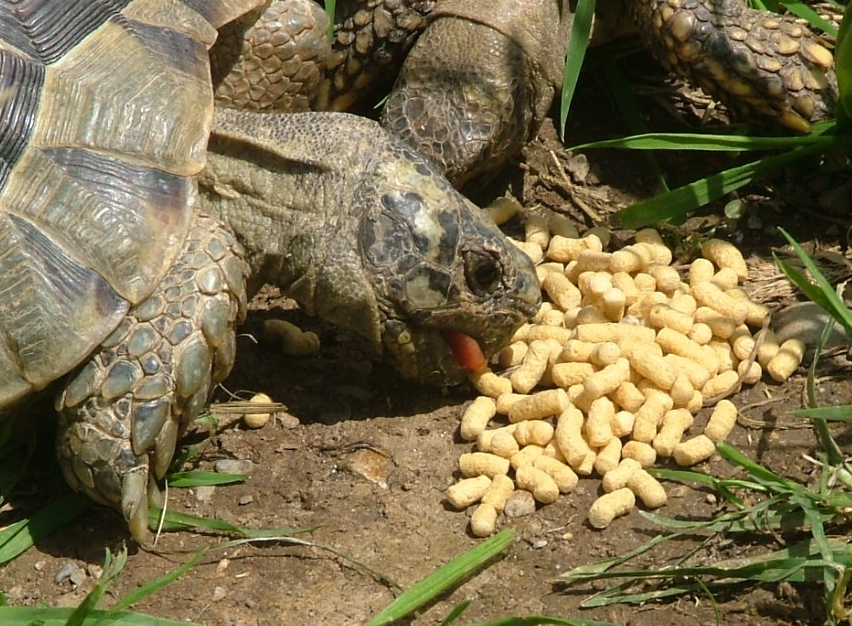





Leave a Reply